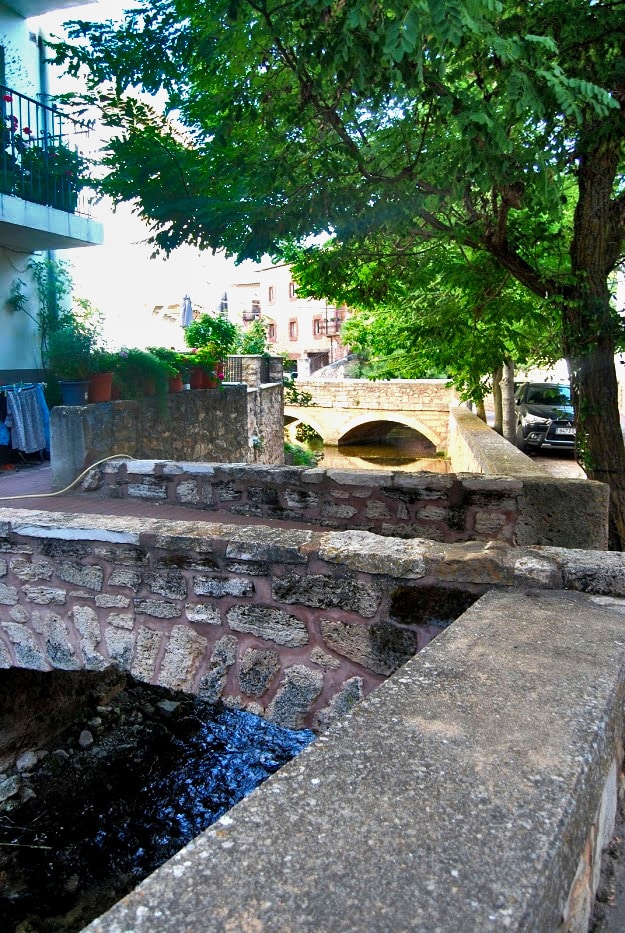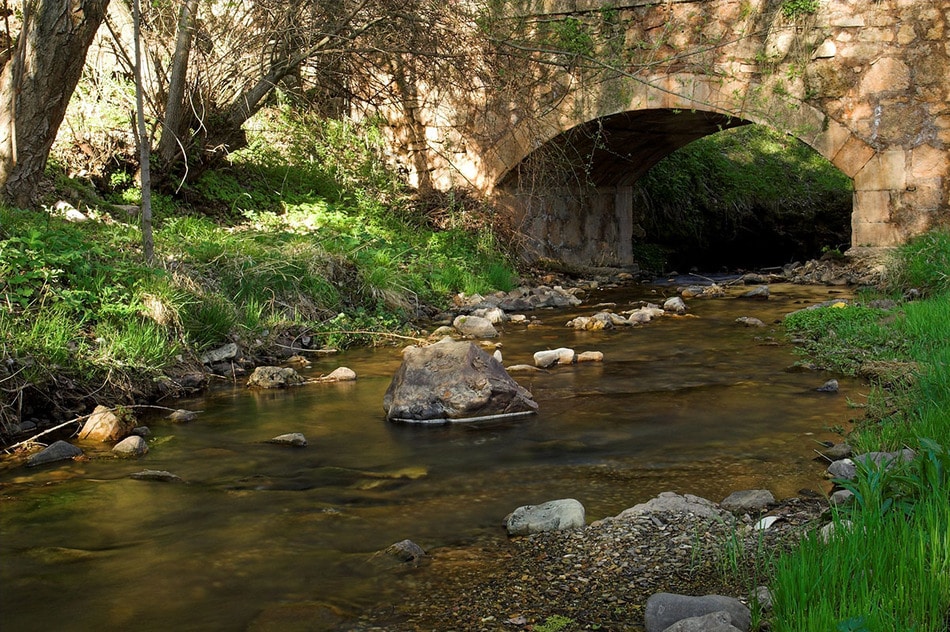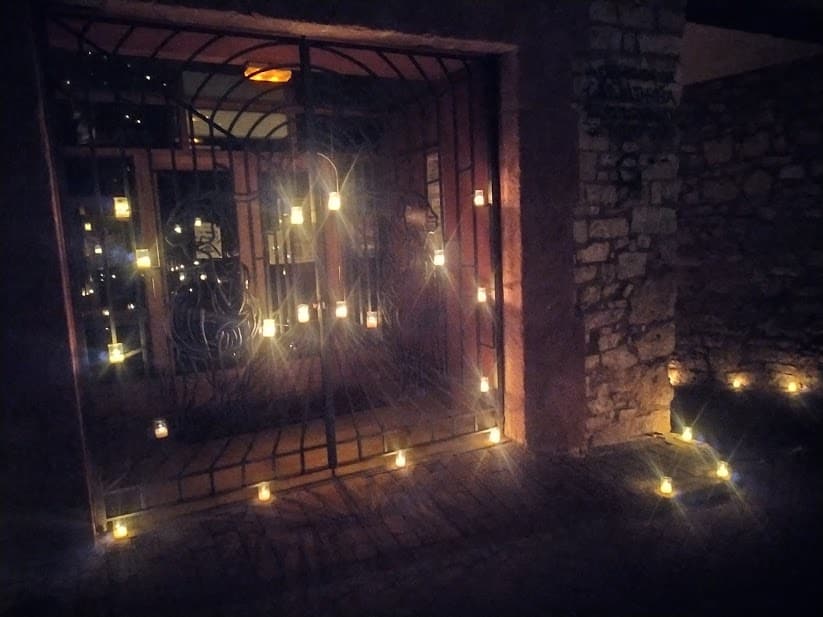Czech Urban Ensemble
Undoubtedly one of the most beautiful in the Alto Tajo.

Dirección
Czech Urban Ensemble
GPS
40.587014446603, -1.7896947495257
Czech Urban Ensemble
Checa is one of the most charming villages in the province of Guadalajara. It is built between ravines and has a close relationship with the water, thanks to the Genitoris river which is born in the Aguaspeña and flows through the locality and into the Cabrillas River, leaving in its wake several waterfalls and numerous bridges, which form the backbone of the town, giving the urban area of Checa a unique beauty.
At first glance, the white houses stand out, reminiscent of territories located at lower latitudes such as Andalusia. This is due to the transhumance, during which strong links were established with these southern territories, adopting some of their customs.
This town was granted the privilege of becoming a villa in 1553 and its heart is located in the Plaza de Lorenzo Arrazola, where the City Council. It is a magnificent building constructed in the 18th century, surrounded by houses from the same period which, due to their large size, seem more typical of a city than of a small village in the Sierra. The waters of its fountain, dating from 1905, are also outstanding for their great purity.
Crossing one of the many bridges, you arrive at "ManagementThis is a former ancestral home of the Counts of Clavijo, now converted into a hostel. It is a building constructed in the 16th century with beautiful wrought iron finishes and the coat of arms of the Counts of Clavijo, the first owners of the building. A waterfall cascades into the garden, creating an idyllic setting.
The church of San Juan Bautista (17th century) of Romanesque origin, it stands on a sandstone rocky outcrop and faces west, instead of east, like most Christian churches. Its walls are made of masonry with ashlar corners and it is accessed by a large flight of steps. The hermitages of Nuestra Señora de la Soledad, Santa Ana from the 18th century and Santo Cristo, from the end of the Romanesque period, are also preserved within the municipality of Checa.






